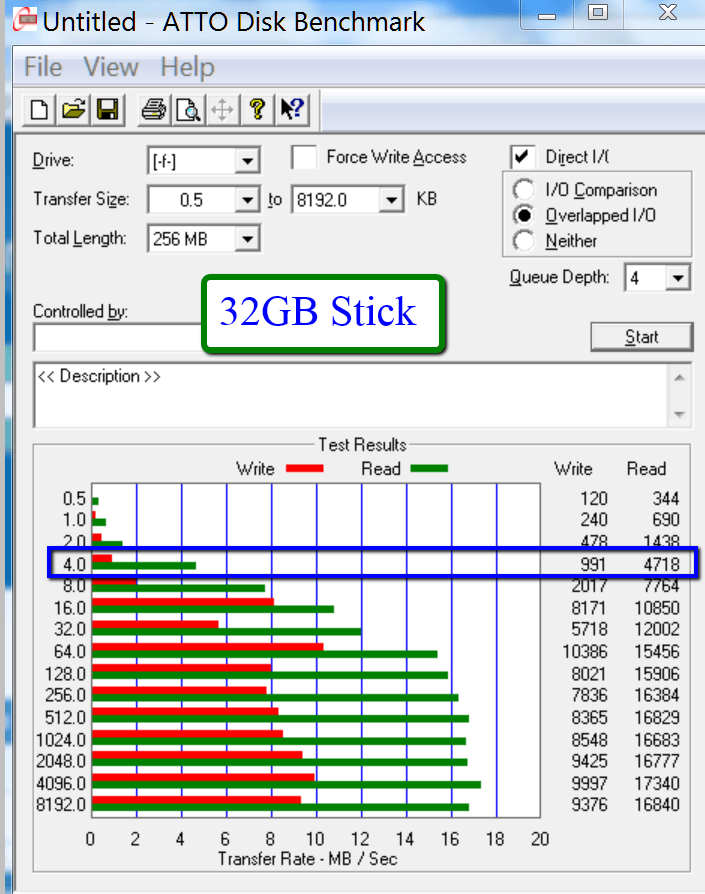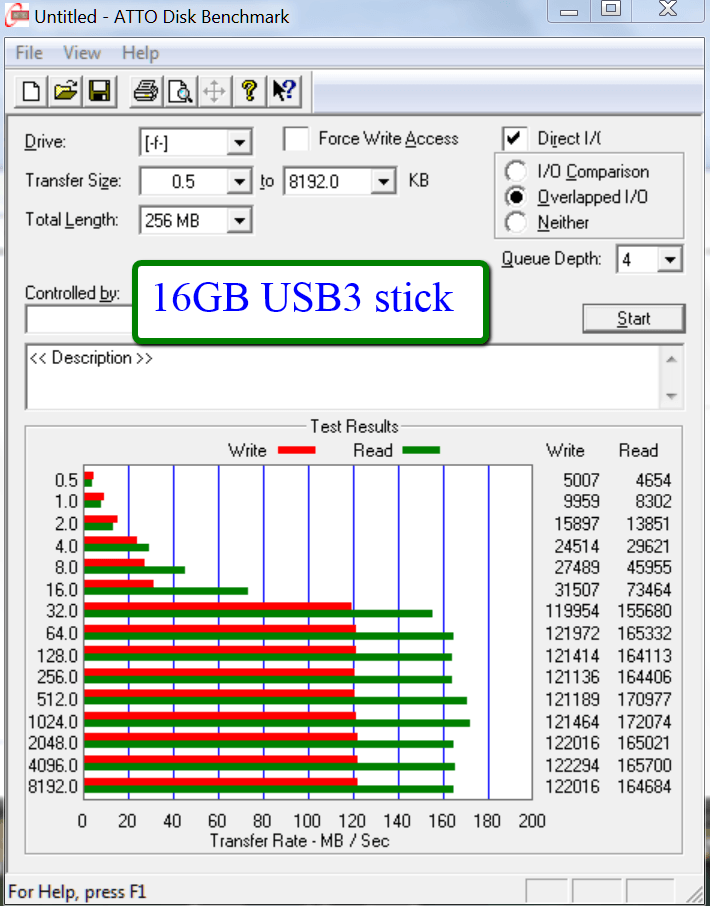Put together the Wtogo on a new Corsair Voyager 32g key - USB 2.0.
I am with our esteemed WHS in declaring this system on a 2.0 stick AGONIZINGLY SLOW!!
First pc I popped this into took 1hour and 45 minutes to Metro screen. "Preparing", "Setting up Devices" (I saw internet activity), etc. No juice at all opening apps, especially IE10. Just disgaceful. My old 1981 Leading Edge XT would blow this away for responsiveness. Also took 5 minutes to shut down (hung up on some "Host" thing). Second try - same machine - 2 minutes to Metro (my one W8 pc on an 8 year old FIC K8M mobo, 2.4 Athlon takes me 30 seconds); and still 5 minutes to shut down.
Any IT pro worth his salt could not bear this.
Then plugged it into a second unit, totally different hardware: 13 minutes to Metro; 4 minutes to shutdown; sluggish responses.
Windows 8-To-Go needs to be on USB 3.0 hardware compliant systems and most probably in an Enterprise environment where virtually all the hundreds of pc's are the same.
This is my sad, but enlightening experience. What is yours?









